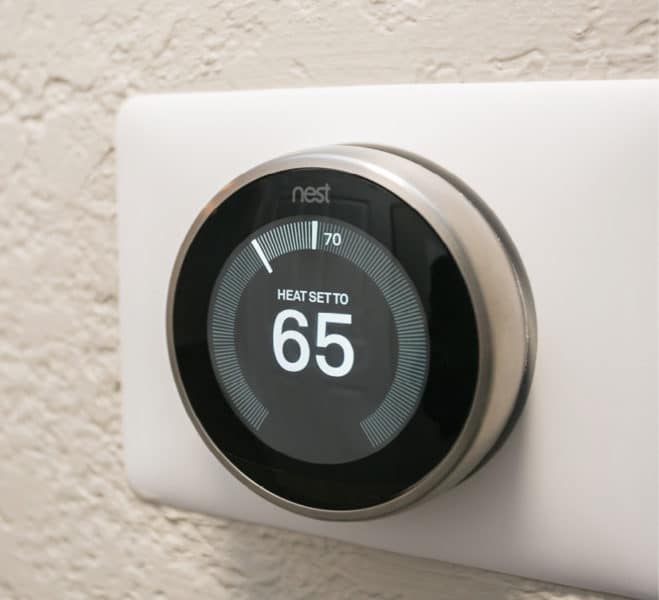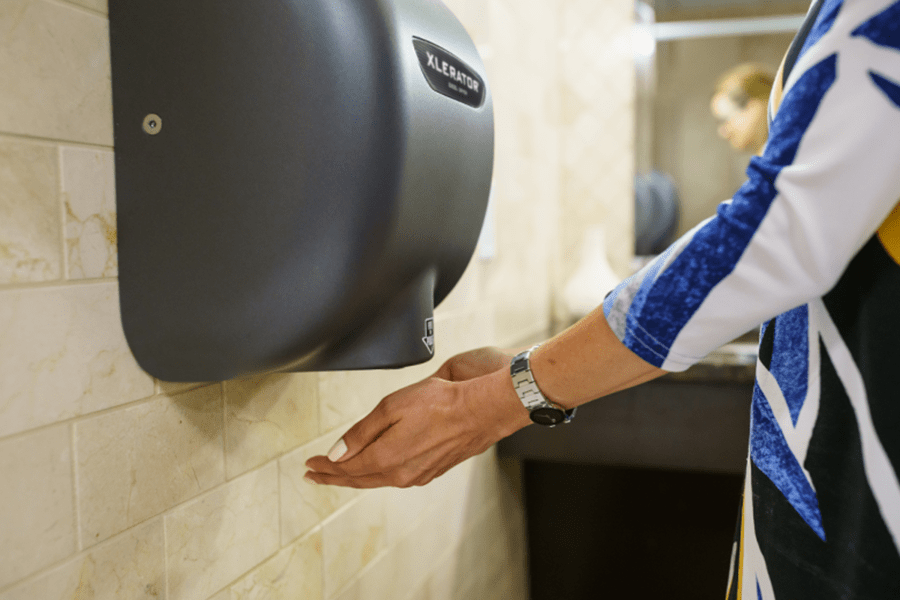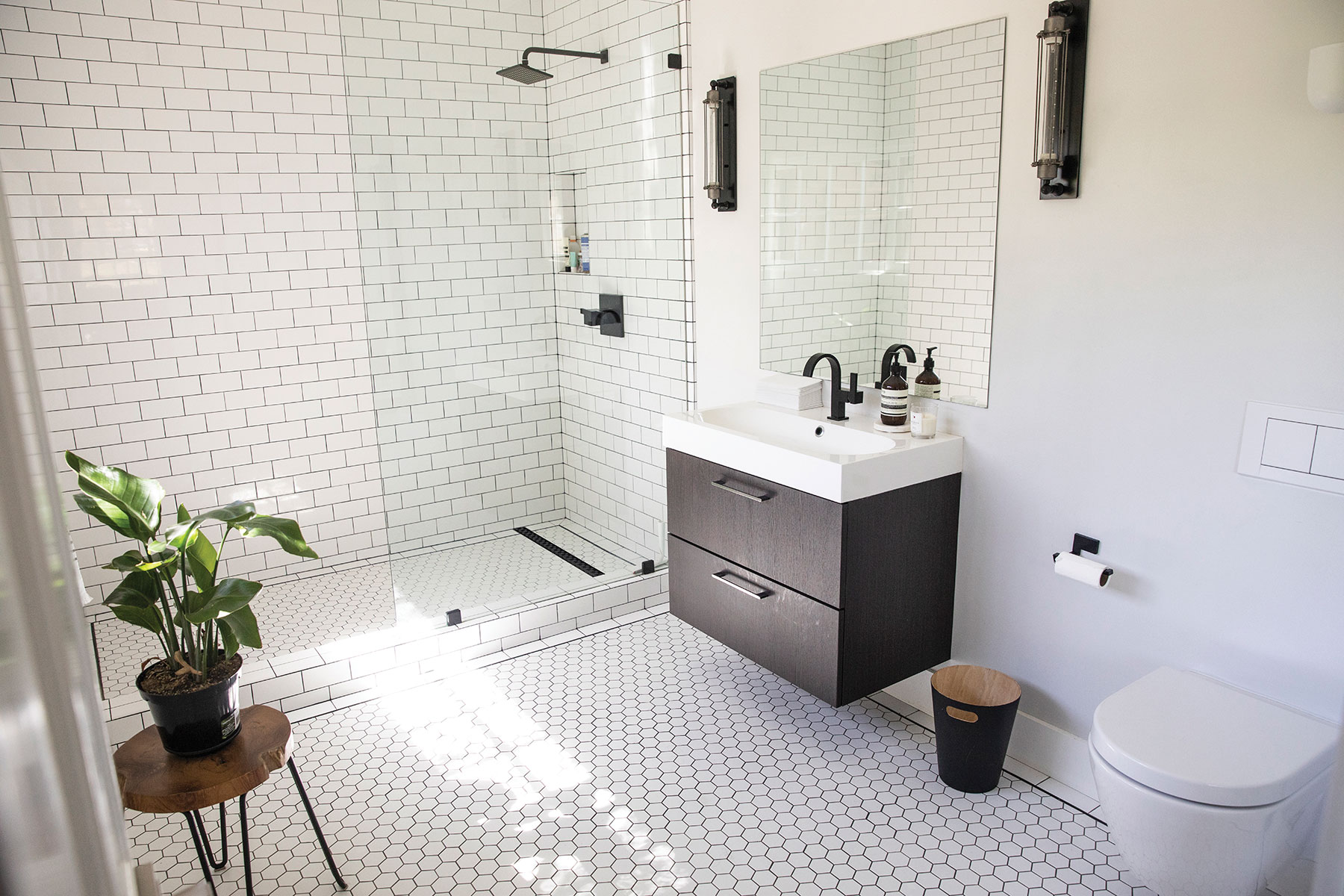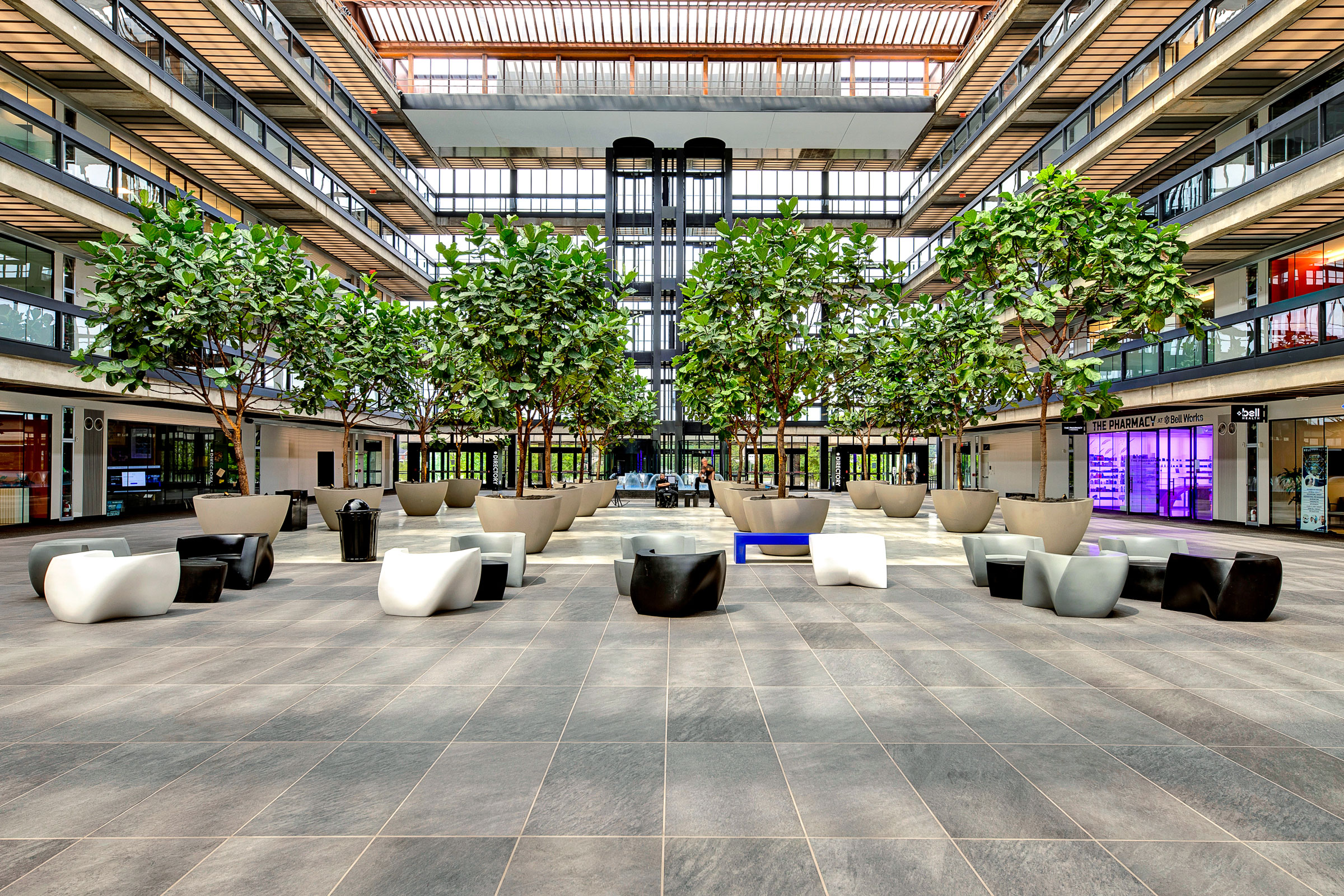Story at a glance:
- Products for universal design can be used in both residential and public spaces.
- The population’s life expectancy is projected to increase by eight years by 2050.
- Implementing universal design can add aesthetic design elements to spaces as well as function.
Architect Ronald Mace is known for coining the term universal design and for his work advocating for people with disabilities. Mace defined universal design as “design that’s usable by all people, to the greatest extent possible, without the need for adaptation or specialized design.”
Universal design has been embraced throughout the industry since Mace coined the term in 1985. This can be seen at trade associations like the National Association of Home Builders, which offers a variety of accessibility certifications, as well as at newer organizations like the Living in Place Institute.
By 2050, life expectancy is projected to increase from 68 years old to 76 years old. The Annual Disability Statistics Compendium found in 2019 that 13.2%—approximately 43,227,000 people—of the US population was comprised of people with disabilities.
The projected increase in life expectancy and the number of people with disabilities means that the built environment needs to be as accessible as possible. Universal design can improve the experience of all people in both public and residential spaces, and products designed for specific target groups can sometimes generate interest and demand from unforeseen markets. OXO Good Grips and their various case studies show how specialized product design—originally made with people with arthritis in mind—can generate widespread demand.
With this in mind, let’s take a look at some products for universal design that can be used in residential and commercial spaces.
1. Linear Drains

QuickDrain USA’s “invisible” linear drain, WallDrain, offers a cutting-edge design for ADA-compliant showers. Photo courtesy of Oatey Co.
Multigenerational households were on the rise during the pandemic, which rose to 15% between April and June 2020, according to the National Association of Realtors. To accommodate different generations in the home, products that support universal design are needed in bathrooms. One example of this can be found in linear drains.
“Linear drains used in curbless showers provide a universal design that appeals to multigenerational living conditions. Homeowners benefit any time safety measures can be taken into consideration within an upgraded bathroom design,” Marlee Gannon, director of wholesale product and channel at Oatey Co., told gb&d in a previous contribution. “Linear drains in curbless showers are the ideal design solution for creating ADA-compliant showers and wet spaces that are universally accessible. With no barrier to cross, the floor more easily accommodates a freestanding bench, a wheelchair, or other mobility aid.”
Oatey Co.’s linear drains are a prime example of products that can add to the overall look of a space, too. QuickDrain, an Oatey Co. brand, created the WallDrain that practically disappears into the wall, offering a sleek and contemporary look.
2. Nest Thermostat

Photo courtesy of Nest
Although the physical layout of a home may be the first thing people think of when incorporating universal design, there are also several assistive technologies available. Assistive technology can help people to perform their daily tasks with more independence.
“As technology advances, smart home intervention is becoming more and more popular to help people overcome barriers and enhance their quality of life,” Kaitlyn Richardson wrote for The Universal Design Project.
Many innovative devices on the market are able to improve the functionality and safety within a home, but one excellent example is the Nest Thermostat. When it comes to making heating and cooling your home accessible with smart home technology, Nest Thermostats are a product that works for the masses. Nest Thermostats are connected to the internet and can be controlled from anywhere using your smartphone—making it easier to access than a traditional thermostat.
Nest goes beyond that, as its software uses machine learning to understand your preferences and adjust accordingly. It uses motion sensors and can even use your phone’s GPS to determine if anybody is home, keeps track of the weather, and learns how long it takes for your home to be cooled or heated. “It’s always optimizing itself to meet your comfort demands and run the most efficient cycles,” Gene LaNois, general manager of the Professional Channel at Nest, previously told gb&d.
Nest also offers Wi-Fi security cameras and the Nest Protect smoke and carbon monoxide alarm, making it easier for owners to feel safe at home. Through the Works With Nest program, Nest devices are compatible with more than 170 products from other providers, from Google Home to Whirlpool appliances to Sleep Number beds.
3. Hand Dryers

Photo courtesy of Excel Dryer
Another restroom product that can support universal design, especially in public spaces, is hand dryers. Excel Dryer offers guidelines as well as several hand dryer models that meet ADA criteria. Excel Dryer also has the added benefit of offering some of most hygienic technology on the market.
“The hands-under style of our dryers makes them sensor-activated—that is, the motor is turned on, and the drying of hands begins once a user’s hands are placed below the hand dryer unit,” William Gagnon, vice president of marketing and sales at Excel Dryer, previously wrote for gb&d. “This is an effective hand drying option and helps to promote hand hygiene and create a more hygienic restroom experience. Air and water from hands are blown downward and away from users, as opposed to being captured in the unit, a problem encountered by trough-style dryers commonly referred to as ‘hands-in’ units.”
For a hand dryer to be ADA compliant, all buttons and touch-free sensors must fall between a height of 38 inches to 48 inches off the floor. Push buttons must be operable with one hand and should start the hand dryer with a force of no more than five pounds.
Hand dryers must be accessible for both right-handed and left-handed users. This allows for various wheelchair approaches in the bathroom, ensuring that every person can successfully dry their hands without a problem. Hand dryers also should be visibly different than surrounding materials and provide a certain length from the wall so the vision-impaired community can easily access the dryer. Excel’s ThinAir hand dryer is a prime example of products for universal design at work.
4. Acoustic Panels

Not only do the waves of Atmosphera® Swell by Arktura look great here at Iron Whale Asbury in Asbury Park, they are also made of SoftSound material to help absorb excess noise. Designed by TSG Design. Photo by Megan Lawrence
The World Health Organization estimates that by 2050 over 700 million people—or one in every 10 people—will have disabling hearing loss. Universal design can accommodate people with varying hearing abilities through acoustic design.
Acoustic wellness is a key factor that contributes to overall health for all people. When the influence of external noise is reduced through sound insulation, distractions and masking sounds coming from outside are eliminated. Makers of acoustic products and panels like Arktura can help spaces capture sound better for everyone.
“Studies show prolonged exposure to distracting levels of sound range from tiredness, stress, to pain, and high blood pressure. These underlying issues not only apply to people at work, but the adverse health effects can extend to their home life, leading to poor sleep, which in turn affects their work performance,” Ricardo Ortiz, brand experience copywriter and communications lead at Arktura, previously told gb&d.
Acoustic products from Arktura like ceiling baffles, panels, and partitions address sound challenges while incorporating biophilic elements in their design patterns to create a sonically sound and calming environment.
Acoustic baffle systems like SoftGrid can be placed throughout an office floor or concentrated in clusters over breakout areas or collaborative workstations. Meanwhile, Arktura’s partitions such as SoftScreen can easily and decoratively divide smaller work areas from each other, offering patterns with both full and partial division.
5. Shower Benches

Photo courtesy of Oatey Co.
Shower benches are another great product for universal design. Shower benches like QuickDrain’s Shower Bench can offer accessible design without sacrificing a clean, modern look.
The bench accommodates the ADA standards for height and exceeds ADA weight guidelines of 250 pounds. It is also available in three configurations: a rectangle bench and large or small corner bench options. Custom sizes are also available upon request, ensuring consumers have access to the configuration that best meets their needs for accessibility as well aesthetics.
The QuickDrain Shower Bench offers easy assembly and installation. Each bench comes ready to assemble with no framing required, reducing the amount of lumber needed on-site. No mechanical fasteners or anchors are required for installation. The QuickDrain Shower Bench also embraces sustainability, being made with 100% recycled 2-inch rigid PET (polyethylene terephthalate) plastic foam panels. This means that each QuickDrain Shower Bench that is installed uses up to 400 recycled water bottles.



